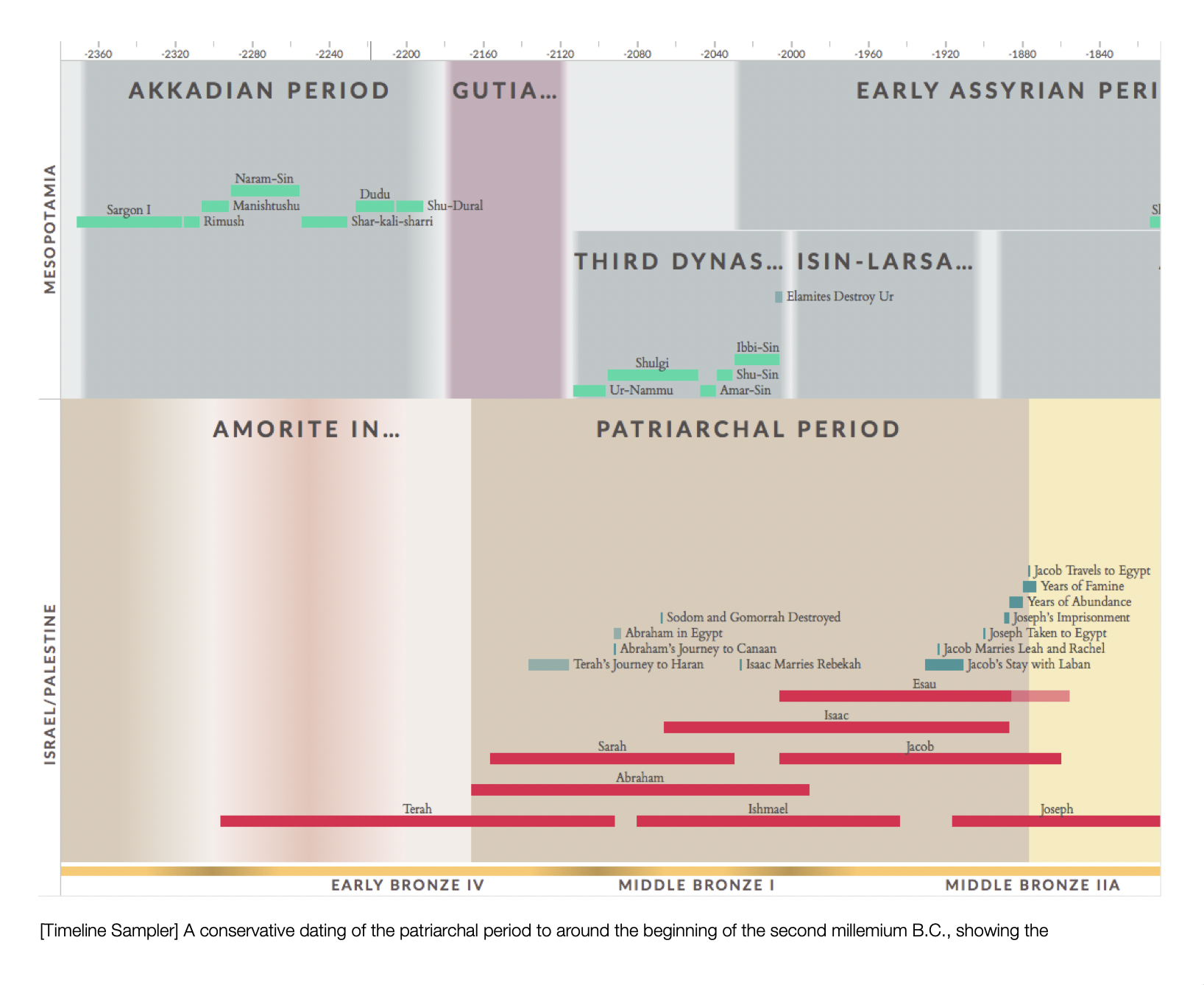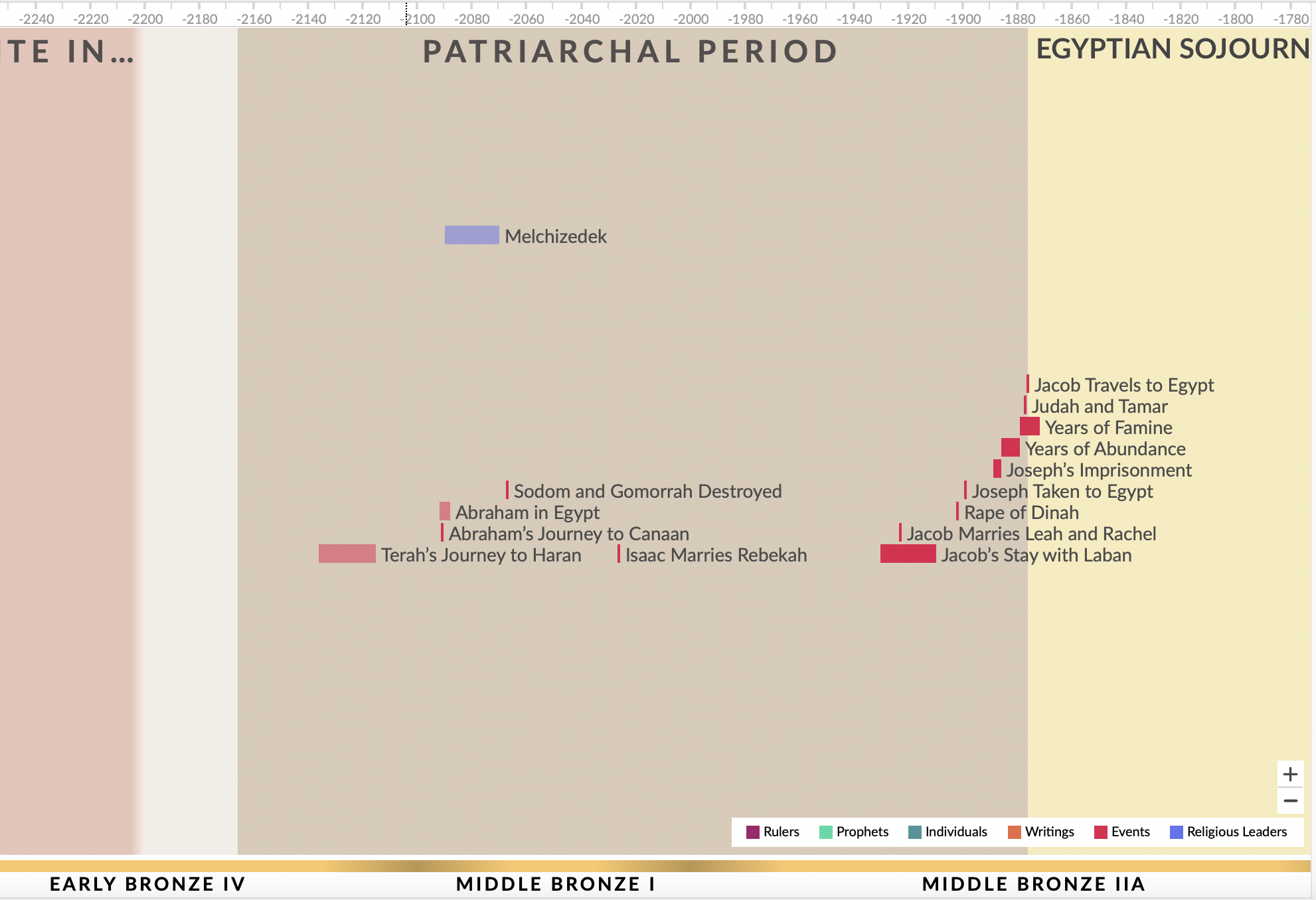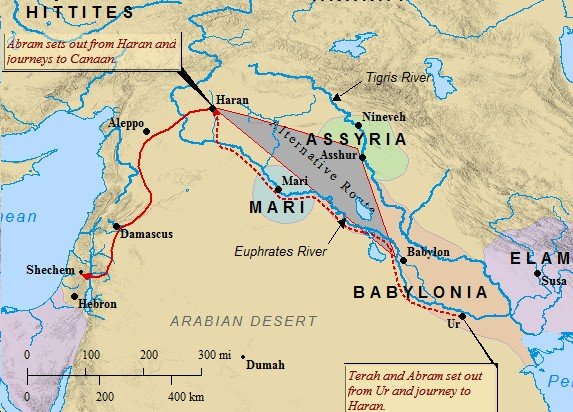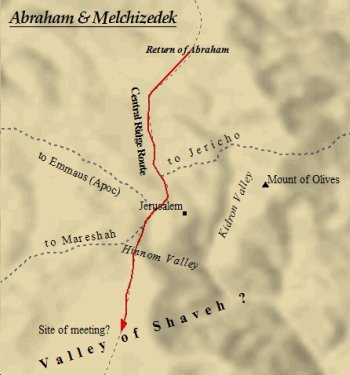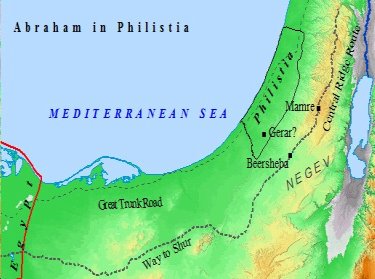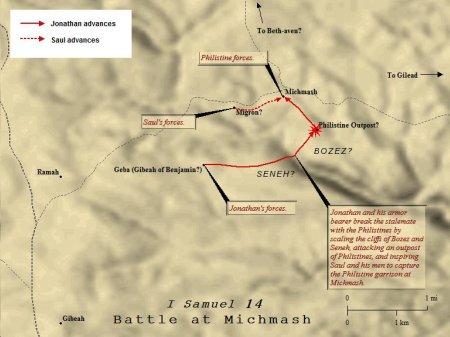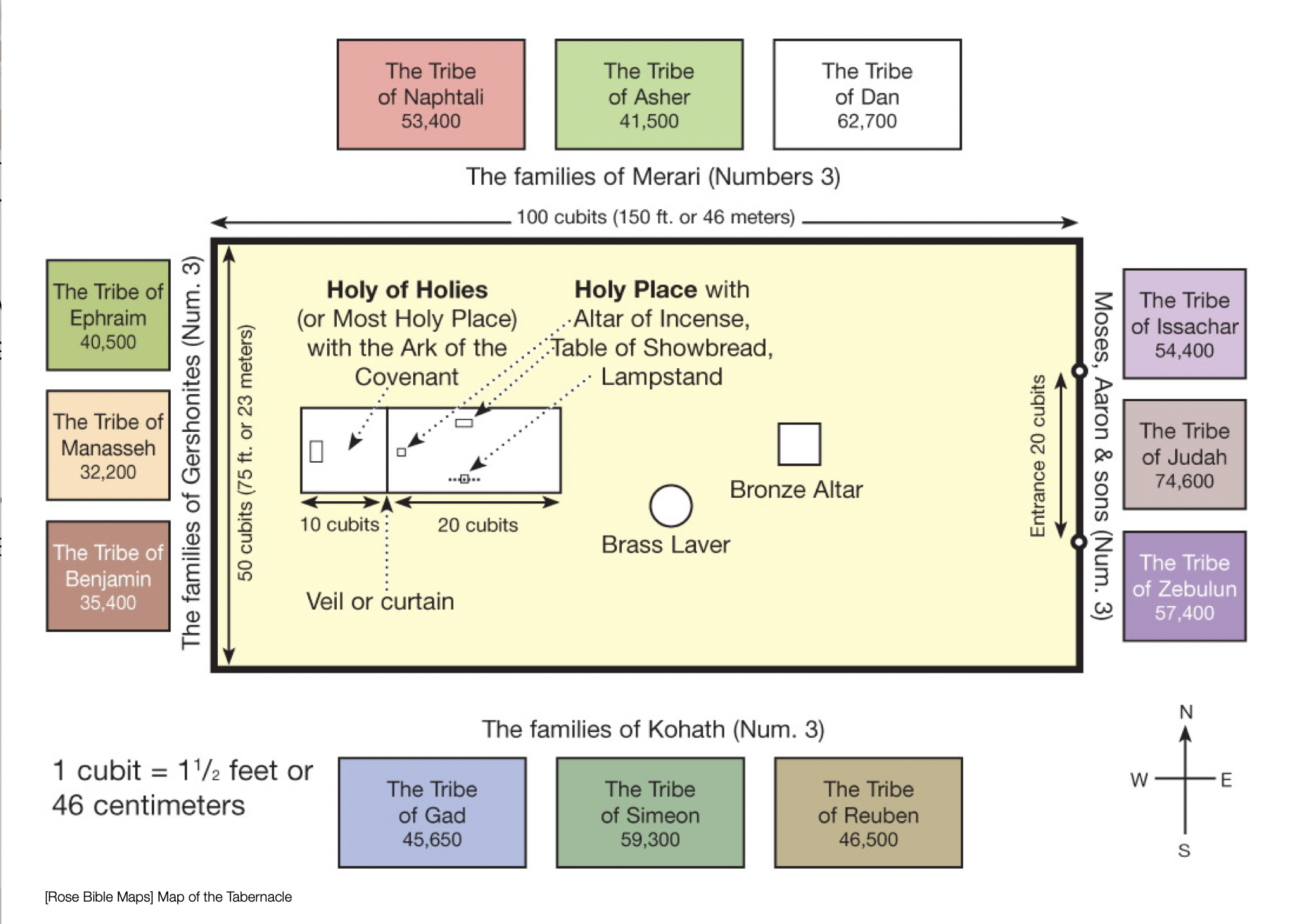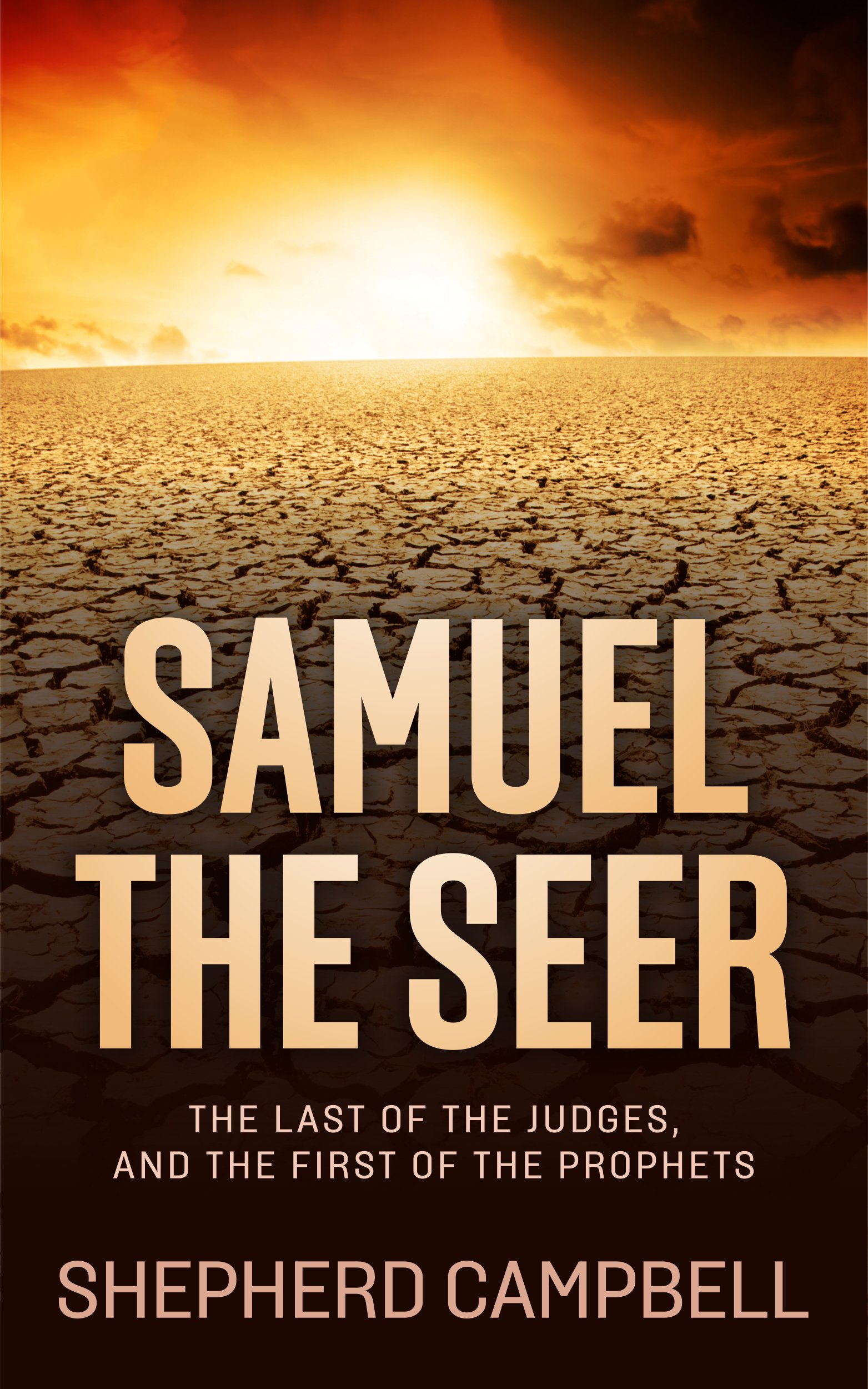VISIT OUR FACEBOOK PAGE!
Old Testament History
Old Testament history begins to correlate with known World history in the Bronze Age, ca 2500 BC. Abraham is the first character in the Old Testament that can be dated with any degree of certainty - though the dates of Abraham are not concretely known themselves. But based on the peoples, places and migration routes & patters of Abraham, and those he encounters, the narrative can safely be placed in the Early Bronze Age, circa 2000 BC.
`ABRAHAM
The history of the Old Testament starts in Genesis, the book of beginnings, and traces God's people into the world of the Bronze Age. In the Early Bronze Age Old Testament history picks up with Abraham - or, Abram as he is first introduced in the Bible.
Abraham is believed to have dwelt around 2000 BC. The Bible records him first living in Ur, in southern Mesopotamia. The Great Ziggurat of Ur still stands today in the deserts of southern Iraq. Abraham would have walked in the shadows of this great pyramid over 4000 years ago!
God calls him forth from the land of Eden into the Promised Land of Canaan. Abraham would become the father of many nations - including Israel.
The narrative of Abraham, while not able to be proven with direct evidence, ie, evidence that points to THE Abraham or Lot, does fit nicely within the context of history. The places depicted in the Abraham narrative have been shown to be in existence just as described in the Bible by archaeology and other historical evidence. Thus the indirect evidence supports the narrative just as the Bible tells it.
Abraham's journey from Ur to Canaan covered approximately 1,000 miles. He left his homeland following God's call. It was actually Terah, Abram' father, who led the family out of Ur. Terah was perhaps the initial recipient of God's call to leave Ur. However, they only made it to Haran and, for whatever reason, Terah settled there. It as from Haran Abram was called forth from his father's house.
`Abram and company's likely route out of Ur traveling north would've followed the Euphrates River. His route out of Haran traveling south to Canaan would have traversed the trade routes from Aleppo to Damascus and down the eastern banks of the Jordan River before entering the land of Canaan. Abram left Haran not knowing his ultimate destination. He simply followed God on faith.
As a reward of his faith Abraham became the father of many nations. Abram and his party entered Canaan first stopping at Shechem. From there he traveled to Bethel & Ai, eventually making his way south into the Negev.
Abraham's engage with the mysterious Priest of the Most High God is one of the most enigmatic events in the Bible. Genesis 14 records this even immediately after Abraham rescues his nephew Lot from a marauding army
Abraham & Melchizedek met outside of Salem - nearly 1,000 years later it would be known as Jerusalem, the city of David. Melchizedek's identity remains a mystery.
The Land of Canaan at the time of Abraham was populated with Canaanites. These people were descendants of Canaan, the son of Ham - one of the sons of Noah. Canaan was caught in the middle of the power struggle between Egypt and Mesopotamia.
ABRAHAM IN PHILISTIA As he had done in Egypt, Abraham told Abimelech Sarah was his sister. The king took her only to be rebuked by God. It is interesting to note that Philistines were living in Canaan in the Bronze Age. They will reappear in the Biblical narrative as Israel's arch nemesis in the story of Samuel, Saul & King David. David eventually subdues the Philistines. Palestine is the modern remnant of these people. Palestine was the Roman word for Philistine.
Maps help one understand Old Testament history. They frame in a tangible way what the Bible is talking about. We can point to places where the famous events of the Bible took place. We can point to nations and countries that helped shape the world today. Maps bring into view what history obscures.
The ability to picture where an event took place helps to form a connection with the stories being told. Maps are invaluable tools to use when studying God's Word. When one realizes the events and people of the Old Testament lived in a very small area, and that area is still a part of that tradition today, it brings to life the Word of God.
Old Testament History
THE UNITED MONARCHY
One of the most famous battles in Old Testament history, the Battle of Michmash was a glorious victory for Israel. Sparked by Jonathan, Israel under King Saul served the Philistines a major defeat.
Recent Articles
-
The Tabernacle
Feb 27, 25 04:47 PM
The Tabernacle was where Yahweh met with his people before the First Temple was built. It was also called the Tent of Meeting. -
The Tabernacle of Moses
Feb 19, 25 09:50 AM
The tabernacle of Moses was built by Moses, per instruction from God, during the Exodus out of Egypt. It represented God's presence amongst His people. -
The Ark of the Covenant
Feb 19, 25 09:46 AM
The Ark of the Covenant is one of the most mystifying objects in all of human history. It's power was so great that Israel often carried it to the front lines. -
King David of Israel
Feb 19, 25 12:51 AM
The story of King David of Israel is a rags-to-riches tale of the family runt rising to national King. King David would become Israel's greatest king. -
The Nephilim
Feb 15, 25 10:35 PM
Were the Nephilim byproducts of fallen angels and women? Enoch wrote it was so, as did Moses. What mysteries lie buried in the pages of the Old Testament? -
In the Days of Noah
Feb 15, 25 10:32 PM
Jesus stated that in the last days it will be as in the days of Noah. The days of Noah were some of the strangest the world has ever seen. -
Jerusalem
Feb 11, 25 06:13 PM
A thorough dive into the city of Jerusalem and its rich, vibrant and ancient history. -
The History of Israel is explored from Genesis to Revelation.
Dec 31, 24 11:55 AM
Explore the history of Israel based on the Biblical account from Genesis to Revelation. -
Ms. Tara
Dec 21, 24 11:32 PM
The nephilim were lucifer's bid to muddy the bloodlines of YESHUAH. I have a friend that has 2 UTERUSES so I have NO DOUBT it is possible for a woman -
The Ancient City of Jericho
Dec 18, 23 11:21 PM
The city of Jericho is one of the most ancient cities on earth. The city played a crucial role in a number of Bible stories.
SAMUEL the SEER
Now Available in Print & eBook on Amazon!!
POPULAR TOPICS
Learn more about these popular topics below. The Bible is full of fascinating stories, characters and mysteries!
BIBLE MAPS
Explore the land of the Old Testament! View these maps of the Bible.
